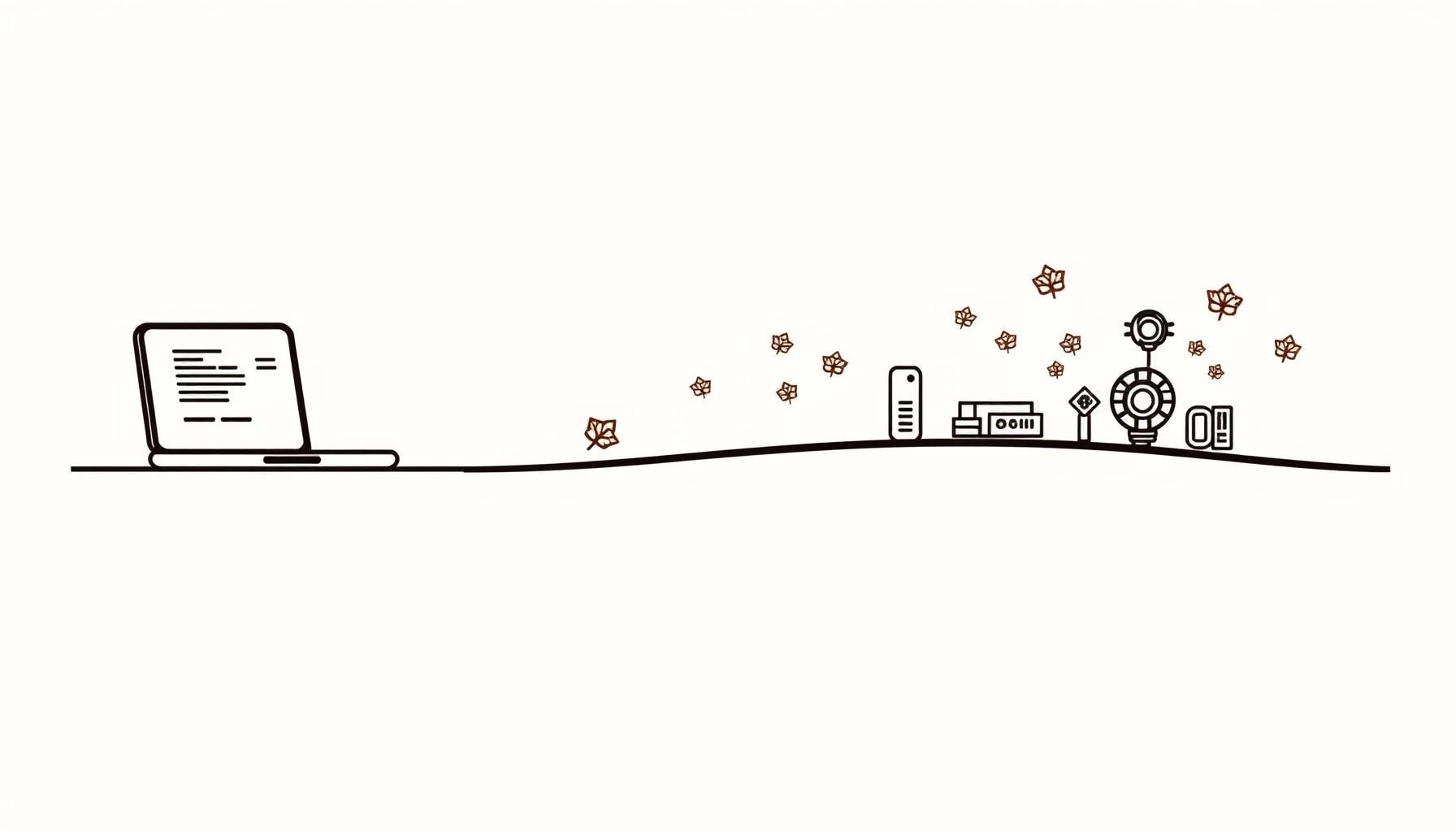
Hour of AI: Make It a Playground, Not Pressure Cooker!
I still remember the first time my daughter dragged me to the living-room floor, laptop balanced on tiny knees, proudly showing off the pixelated cat she’d coaxed out of Scratch during Hour of Code. Her grin lit up our living room. Fast-forward to this spring morning: she’s seven, the blossoms are popping, and news just dropped that Hour of Code is morphing into Hour of AI—backed by Microsoft’s whopping $4 billion pledge in cash, cloud, and training for K-12 schools and community colleges. My heart leaped with excitement—but also whispered ‘Wait, what now?’ If you felt the same jolt, breathe with me. The shift from simple block coding to AI-powered exploration doesn’t have to feel like swapping training wheels for a rocket. It can be more like trading a paper map for a friendly tour guide who still lets us choose the scenic route. Below is the roadmap I’m using—equal parts wonder, caution, and sheer dad-level enthusiasm—to help our kids surf this wave without wiping out.
Why the Leap to Hour of AI Matters for Your Child’s Future?
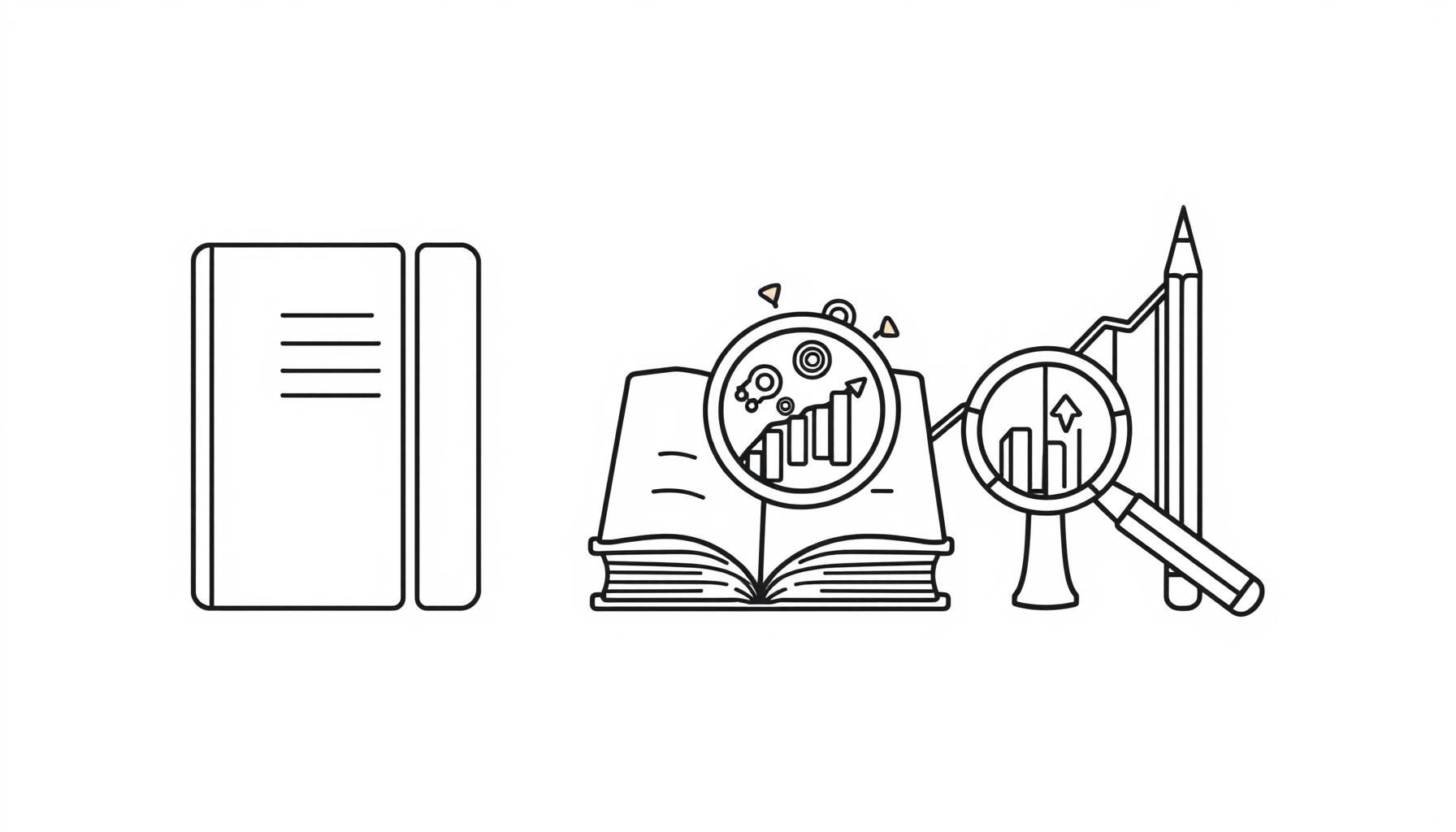
Microsoft isn’t just tossing money around; they’re targeting the exact gap most of us sense but can’t quite name. A National School Boards Association survey shows 65% of districts still lack formal policies or infrastructure for AI. Basically, teachers are game, kids are hooked, but nobody’s cracked the code on using it safely yet. The new funding aims to change that by handing schools Azure credits, ready-made lesson plans, and on-the-ground training.
Here’s the energizing bit: CDT’s 2023 study found 78% of educators already see AI boosting student engagement in STEM when used responsibly. Picture your child asking why the moon looks bigger near the horizon—and instead of a shrug, an adaptive AI demo lets her stretch and shrink virtual moons until she discovers the illusion herself. Curiosity ignited, no extra homework required.
Even better, early pilots using Azure AI in 150 schools logged a 30% jump in coding skill retention among middle-schoolers. The secret sauce? Algorithms that nudge difficulty just enough to keep the challenge fun, not frustrating. That means our seven-year-olds won’t hit a wall; they’ll bounce off trampolines.
How to Turn AI Algorithms into Afternoon Adventures?
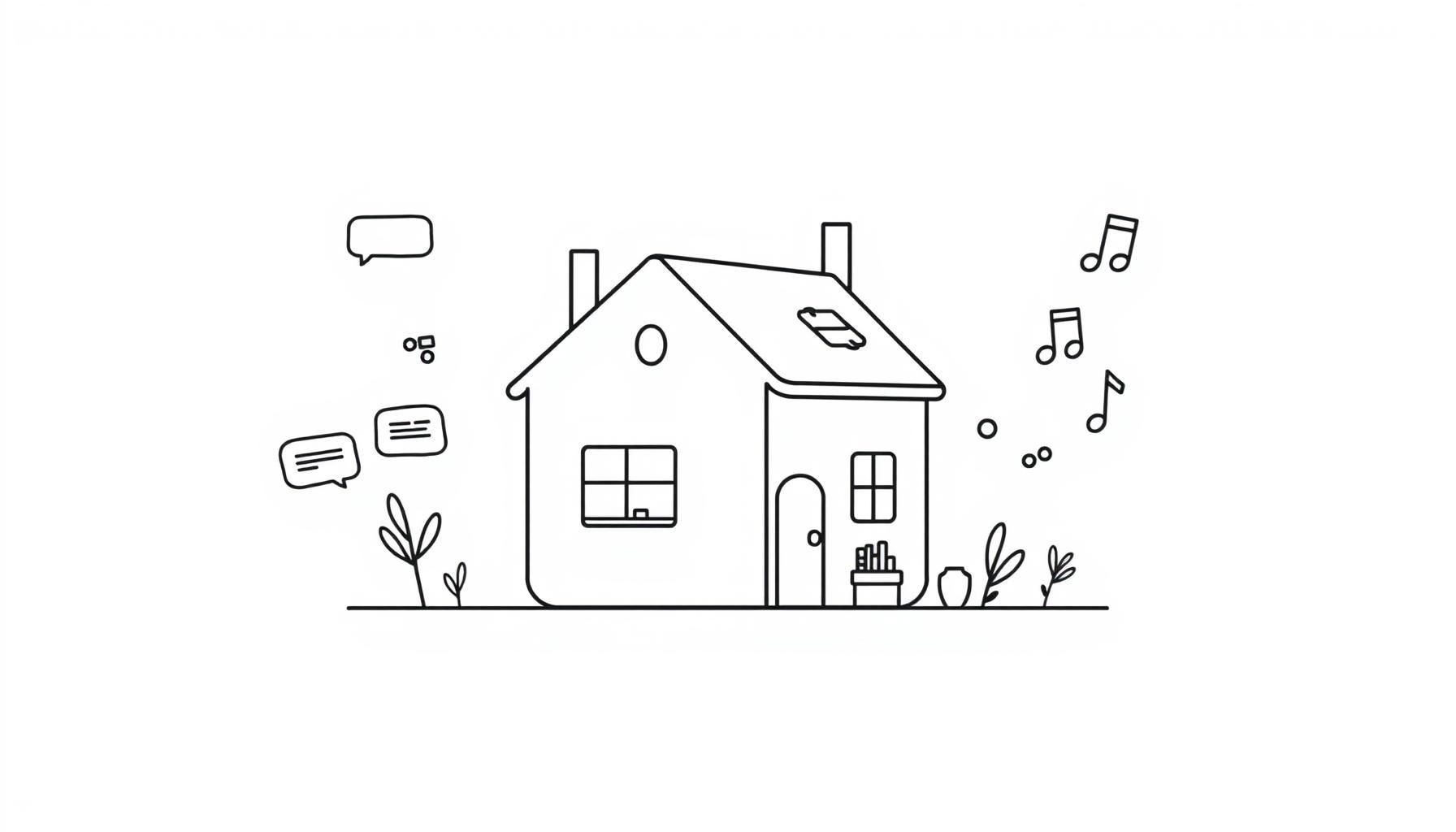
So how do we bring Hour of AI home without turning dinner into a TED Talk? Simple: treat AI like a new playground buddy.
Snack-Time Story Bots
Last week we fed three words (‘dragon pizza galaxy’) into a free kid-friendly text generator and giggled our way through the tale. A quick 7-minute burst of fun had my daughter ‘editing’ the story by yelling better adjectives while I typed—vocabulary win disguised as joyful chaos.
Backyard Data Detectives
Tally every red car that passes in ten minutes, then compare with an AI image counter’s snapshot results. Instant lesson on accuracy without worksheets—and bonus fresh air!
Musical Remix with Guardrails
We twisted her favorite song chorus into 8-bit style using an AI tune-maker. Ground rule: once we hit ‘save,’ we power down for living-room dance parties that spark harmony. Movement balances screen glow, and she learns tools should serve us.
Each micro-adventure ends with one gentle question: ‘What would you teach this AI next time?’ Suddenly she’s not just consuming tech—she’s mentoring it.
The Three Fears Every Parent Whispers (and How to Hug Them Quiet)
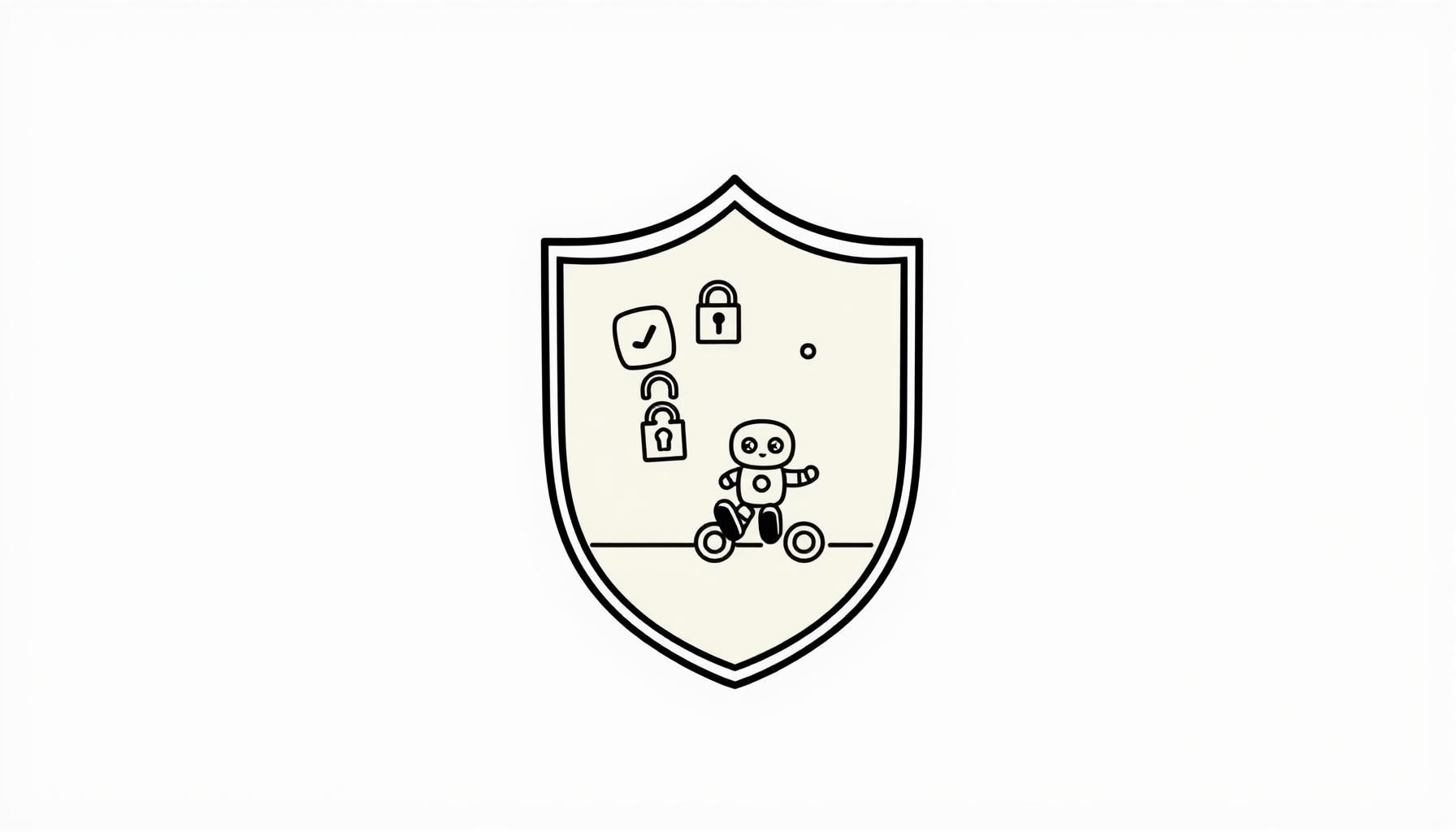
Fear #1: Screen Zombies
The same CDT study found engagement skyrockets when AI is project-based, not passive-scroll based. So we co-create every session: she holds the tablet; I hold the timer. When the chime rings, we flip to building bricks or sidewalk chalk. Rhythm beats rules every time.
Fear #2: Privacy Peekers
Microsoft’s pledge includes strict data governance for minors, but trust grows at home too. We made silly pinky-promise rules: no real names, no selfies inside apps, always log out together like closing a storybook.
Fear #3: Job-Stealing Robots
I frame it like travel planning—new tools didn’t erase vacations; they made spontaneous detours easier. Our tour-guide style exploration shows that just like travel buddies, these tools support without replacing us. Last week we designed a dream ‘robot helper’ that folds laundry AND tells jokes; turns out empathy is still our patent.
Tiny Habits That Compound into Big Confidence

Monday Micro-Pitch – Each Monday at pick-up, my daughter gets 60 seconds to pitch one cool AI thing she wants to try that week (e.g., ‘Can we make an AI guess my drawing?’). I listen fully; we schedule it like a playdate.
Gratitude Glitch Hunt – Once a week we hunt for ‘glitches’—moments when AI surprised us in good ways (correctly guessed her favorite animal) or silly ways (thought our cat was a raccoon). Laughing at mistakes shrinks fear faster than any lecture.
Offline Echo – Every tech project ends with an offline echo: print AI art for the fridge or act out coded games with stuffed animals. The digital world feeds the real one.
Dad’s Ready-Set-Play AI Starter Pack
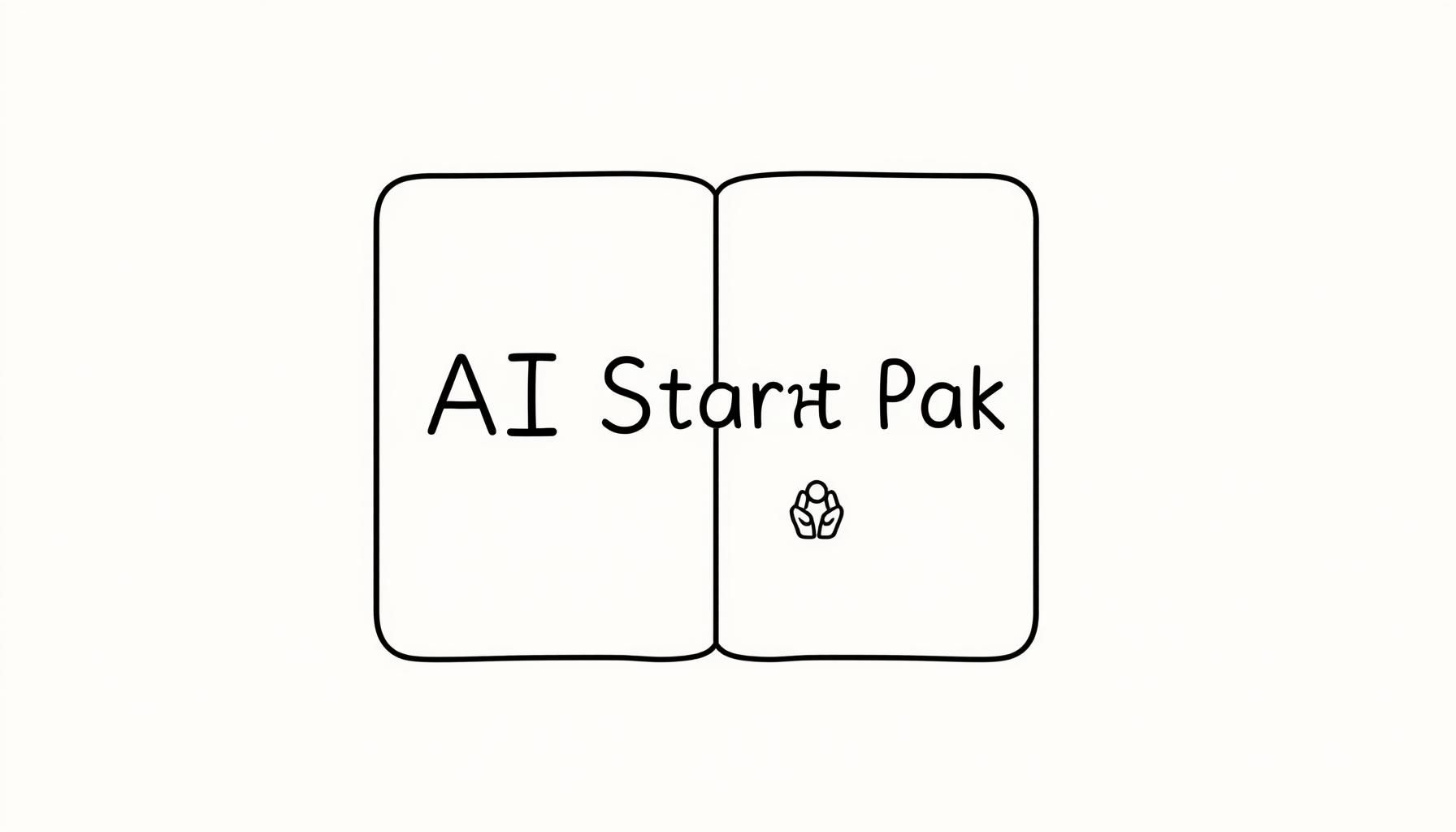
- Try Hour of AI Activities: Bookmark the revamped site launching this summer—you’ll get first dibs on kid-friendly modules.
- Co-View One Tutorial: Watch any ‘Beginner’ Azure AI tutorial together first to spot jargon before she does.
- Set a Joy Budget: Decide upfront how much delight you want from each session—pivot to chalk art if grins fade within five minutes.
- Share the Wheel: Swap roles next time—she drives the mouse, you narrate; then switch. Shared control builds trust like magic.
Seeing her eyes spark while teaching AI reminds me—child-led wonder is our secret sauce. Whether we’re dancing after screen time or laughing at AI’s silly guesses, those flashes of discovery make every byte-sized effort worth it. Here’s to turning tech time into wonder time—together.
Source: ‘Hour of Code’ Announces It’s Now Evolving Into ‘Hour of AI’, Developers, 2025-08-10
